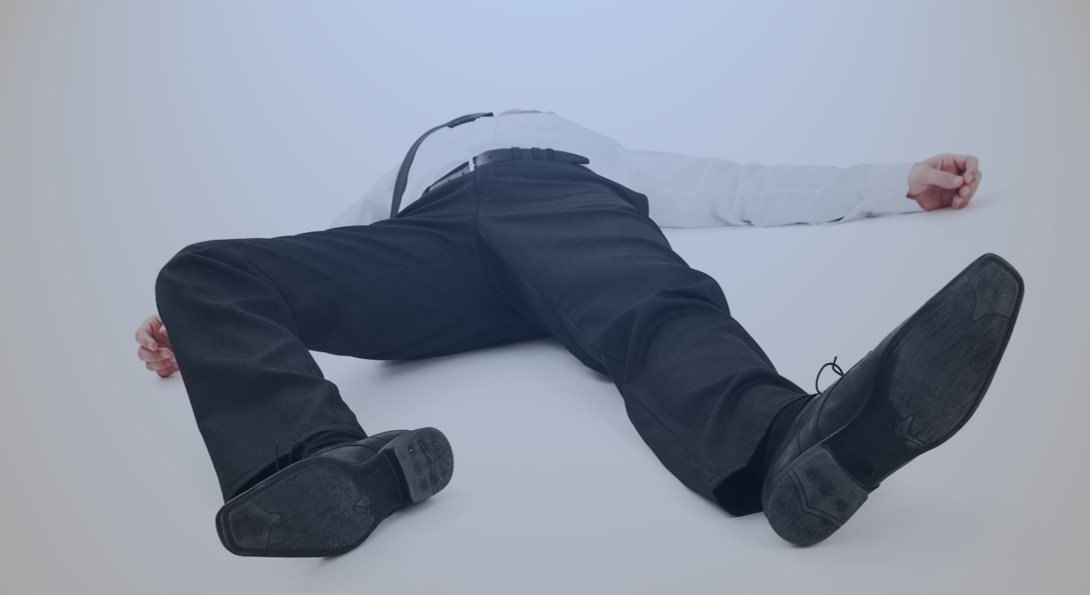The medical term for a heart rate of around or less than this is bradycardia. When is a slow heart rate dangerous.
 Low Heart Rate Bradycardia Explained By A Heart Doctor Myheart
Low Heart Rate Bradycardia Explained By A Heart Doctor Myheart
What Is a Dangerously Low Pulse Rate.
:max_bytes(150000):strip_icc()/sinus-bradycardia-1746253-01-912dc3d6234044d6a2fe921327efb28d.png)
How low is a dangerous heart rate. However athletes and other people with vigorous exercise regimens typically post sub-60bpm scores sometimes reaching the low 40s. The official diagnosis for low resting heart rate bradycardia is an RHR that is lower than 60bpm. A low heart rate is not in itself dangerous.
With bradycardia the heart can beat fewer than sixty times per minute. Bradycardia is a condition where the heart rate is too low generally less than 60 bpm. Unusually slow heart rates are normally those below 60 beats a minute and can be either harmless or harmful.
During intense physical exertion the heart has to pump faster and harder so the rate goes up. The heart rate can also slow down normally while we are asleep to 40 to 60 beats a minute. People who are very active including athletes tend to have naturally lower resting pulse.
Some people however have a heart rate thats slower than normal whats called bradycardia. The heart rate above 140 beats per minute is considered dangerous value for tachycardia and it must be managed immediately in the emergency department. While this figure technically qualifies as low resting heart rate in reality it does not signify any health risk.
What counts as an abnormally slow heart beat for a single person may not be the same for another. In most adults a slow heart rate is below 60 beats per minute bpm. As most people with sinus rates in the 50s are asymptomatic a rate less than 50 beats per minute may be a more realistic definition.
The ideal heart rate for adults is between sixty and one hundred times per minute. In most cases however bradycardia is rarely ever a cause for concern. Bradycardia is a serious heart condition that causes your heart rate to drop lower than normal.
Bradycardia also known as bradyarrhythmia is a condition that occurs when your heart beats fewer than 60 times a minute. However athletes and people. Many well conditioned athletes have low resting heart rates with excellent cardiac health.
For instance a young strong healthy athlete might. Normal HR is. For most people however a target resting heart rate is between 60 and 100 beats per minute bpm.
Resting heart rates less than 30 or low rates associated with symptoms always need investigation. The resting heart rate exceeds above 140 beats per minute then there is definitely a pathological reason behind. This is variably defined as less than 60 or 50 beats per minute.
Heart rate scores that are slightly lower than the 60 BPM low point are typically acceptable too. And physically active adults and athletes often have a resting heart rate slower than 60 BPM. Your heart rate may fall below 60 BPM during deep sleep.
Low Rates in Active Bodies. However this heart condition does not register the. Your pulse can be felt by placing 2 fingers on the inside of your wrist the side of your neck the.
If your heart rate exceeds 185 beats per minute during exercise it is dangerous for you. When your heart is unable to provide enough oxygen-rich blood to our body the results can be fatal. A low heart rate that associated with cardiac disease may be an entirely different story.
A US doctor answered Learn more. Suppose your age is 35 years your maximum heart rate is 185 beats per minute. For some people such as athletes bradycardia doesnt pose a health risk.
A Verified Doctor answered. Sometimes a low heart rate is defined as below 60 beats per minute but it would probably make more sense to have low heart rate defined as below 50 beats per minute. A normal range is from 60 to 100 beats-per-minute while awake.
A person can calculate their maximum heart rate by. Resting heart rate can vary from person to person and be influenced by a variety of factors. But there are exceptions.
However for most people the figure should be closer to 60 than 100 as a score of 90 or above is still a mild cause for concern. A low heart rate is classified as a heart rate less than 60 bpm. At certain times however such as during sleep heart rate will be slow and still be regular.
In general for adults a resting heart rate of fewer than 60 beats per minute BPM qualifies as bradycardia. The medical term for a low heart rate is bradycardia. Anything lower than 60 specially if associated with dizzinessunsteadiness shortness of breath chest pain or other symptoms will need fast e.
Subtracting your age from the number 220 will give you your maximum heart rate. A normal resting heart rate for an adult is between 60 and 100 beats per minute. This can be the result of issues with the sinoatrial node which functions as the pacemaker or damage to the heart as an outcome of a heart attack or heart disease.
